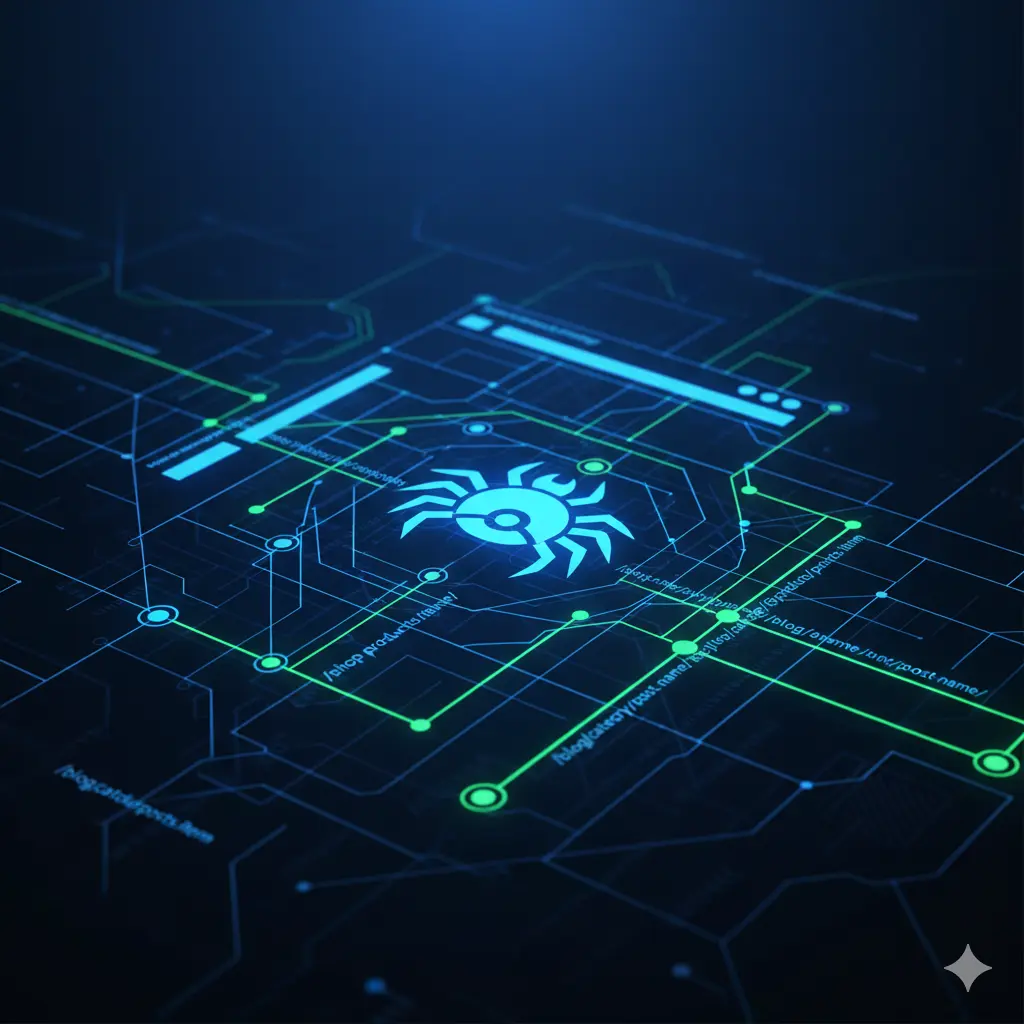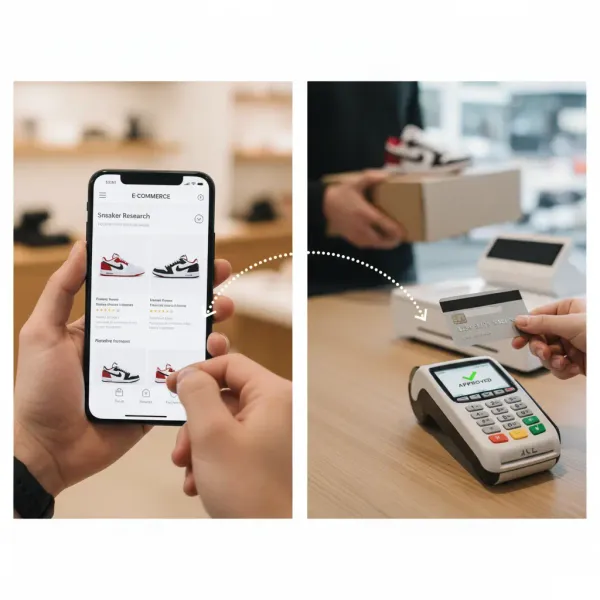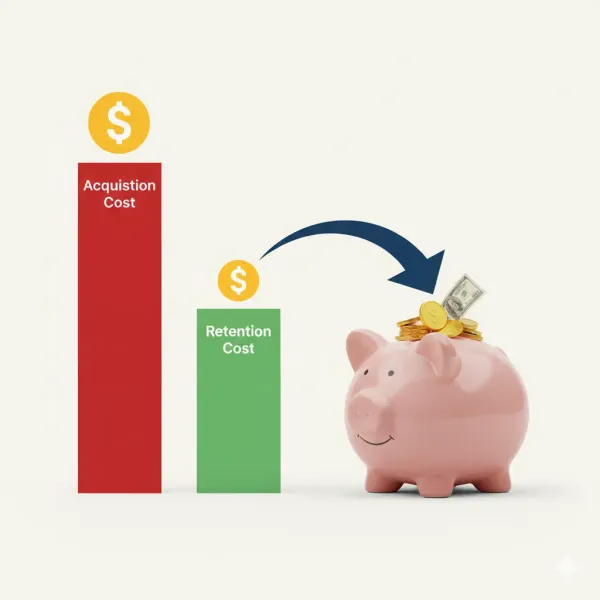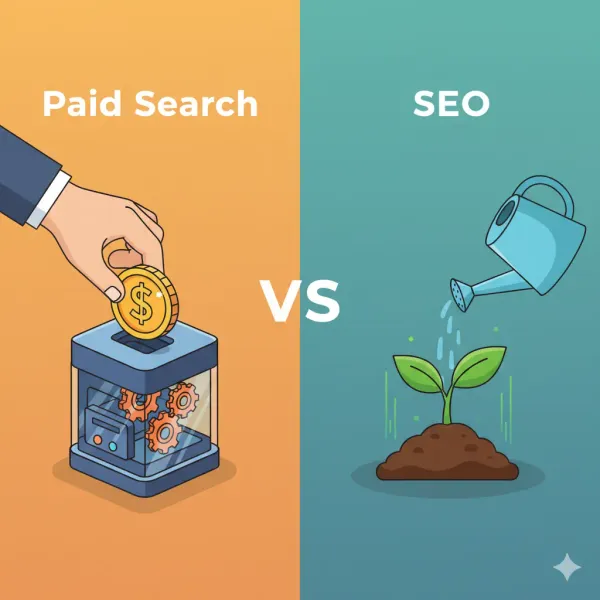The Digital Navigator's Guide: How Crawlers See Your Website and Why It Matters for Your Business
Demystify how search engine crawlers (Google, OpenAI) discover your website. Learn SEO best practices for URL structure, information architecture, and boosting website traffic for small businesses.

Understanding the Invisible Architects of Your Online Presence
In today's competitive digital landscape, showing up online isn't just about having a website; it's about being found. For many small business owners, the mechanics behind how search engines discover, understand, and rank their pages can feel like a black box. You're busy running your business, handling operations, and serving customers – you might be a self-taught marketer with a great eye for what resonates with your human audience. But what about the non-human audience: the search engine crawlers and spiders?
These digital navigators are the unsung heroes of your website traffic, meticulously exploring the internet to build the vast indexes that power search engines. Understanding their perspective is not just a technicality; it's a strategic imperative for your Digital Marketing success. So, let's pull back the curtain and demystify how these digital agents operate and how you can optimize your site to speak their language.
Meet Your Digital Detectives: Crawlers and Spiders
Imagine a librarian who doesn't just read books but meticulously maps every single word, diagram, and cross-reference within them. That's essentially what a web crawler, also known as a spider, does. These automated programs traverse the internet, following links from page to page, to discover new and updated content.
The most famous of these is, of course, Googlebot, Google's own crawler, which plays a pivotal role in populating the world's largest search index. But it's not alone. With the rise of artificial intelligence, new players are emerging. OpenAI, Anthropic, and others are now using crawlers to gather vast amounts of data to train their powerful AI Chatbots like ChatGPT and Claude. Their ability to "read" and comprehend web content highlights a broader trend: machines are becoming incredibly sophisticated consumers of information.
How They "See" Pages: Unlike humans who experience your site visually, emotionally, and interactively, crawlers primarily "read" the underlying code (HTML, CSS, JavaScript). They parse text, identify headings, follow links, and categorize content based on a myriad of signals. They don't appreciate your stunning hero image or the subtle animation on your call-to-action button in the same way a human does. They are looking for structure, relevance, and authority.
So what? This fundamental difference means that a visually appealing website isn't automatically an SEO-friendly website. You must deliberately structure your content and code to guide crawlers, ensuring they correctly interpret your pages' purpose and value. Ignoring this distinction is like speaking a foreign language to someone who only understands code – your message simply won't get through.
Why It's More Critical Now Than Ever
You might hear that AI search is still in its infancy, accounting for only a small percentage of overall search traffic today—around 3%. So why should a small business owner care? Because this is a moment of profound transformation. The landscape is shifting from a simple query-and-rank model to a generative, conversational one. The rise of AI Chatbots means that your content might not just be a result on a search page; it could be the foundational knowledge an AI uses to answer a user's question.
This makes your site's structure, clarity, and authority more vital than ever. If your site is messy and hard for a crawler to understand, it's just as hard for an AI to digest. OpenAI's crawler, called GPTBot, for example, is trained to find clear, high-quality, and well-structured content to improve its models. By optimizing for these new crawlers, you are not just improving your Google ranking—you are future-proofing your business's digital presence.
Quality Score: The Crawler's Report Card
After a crawler visits your page, it reports back to its parent search engine. This report contributes to what's often informally called a "quality score" – a complex algorithmic evaluation of your page's relevance, authority, and user experience signals. Factors include:
- Content Quality: Is the content original, comprehensive, and valuable?
- Engagement Signals: Do users stay on the page? Do they bounce quickly? (Though crawlers don't directly measure these, subsequent analytics do.)
- Technical Performance: How fast does the page load? Is it mobile-friendly?
- Backlink Profile: How many authoritative sites link to yours?
- Information Architecture: How well is your content organized and connected?
Different crawlers may have varying technical strengths and weaknesses. Googlebot, for example, is highly adept at rendering JavaScript to understand dynamic content, a capability some older or less sophisticated crawlers might struggle with. Understanding these nuances helps you focus your SEO best practices.
So what? Your "quality score" directly influences your visibility in search results. A higher score means better rankings, more organic website traffic, and ultimately, more potential customers for your small business. Every optimization you make is a direct investment in improving this score.
The Blueprint for Success: Information Architecture and URL Structure
This is where the rubber meets the road. How you organize your website (information architecture) and the pathways you create (URL structure and internal linking) are paramount for crawler efficiency and understanding. A spider will enter a site with a crawl budget - the number of pages to crawl for that session - and if you have messy or duplicate pages, it may not be able to crawl your entire site.
Information Architecture (IA): Think of IA as the blueprint of your digital storefront. It defines how your content is categorized, structured, and presented. Crawlers prefer a logical, hierarchical flow. They want to easily understand the relationships between different pieces of content.
- Category-Based Flow: A clear category structure helps crawlers understand the breadth and depth of your offerings. For example:
yourbusiness.com/products/category/product-name. - Organizing Your Content for Clarity: To make your website easy for both people and crawlers to understand, think about how you organize your information.
- Categories and Tags: These are simply how you group your content. If you sell home goods, your categories might be "Kitchenware," "Bedding," and "Decor." Within "Kitchenware," you might use tags like "Pots & Pans," "Utensils," or "Bakeware." The key is consistency – always put "Pots & Pans" under "Kitchenware."
- Showing Relationships: This is about clarifying how those groups relate to each other. For example, a search engine crawler should easily understand that a "Blender" is a type of "Appliance," which itself belongs to "Kitchenware." When your website clearly shows these relationships through its structure (like in your navigation menus, breadcrumbs, and internal links), crawlers can better grasp the full scope of your offerings and how everything fits together. A clear hierarchy helps search engines understand that you are an authority on "Kitchenware" because you have deep content on all its related "Appliances."URL Structure's Impact: Your URLs are like street addresses for crawlers. They should be clean, descriptive, and consistent.
- Readability: Short, keyword-rich URLs are preferred. Avoid long strings of numbers or obscure parameters.
- Hierarchy Reflection: URLs should ideally reflect your site's information architecture.
yourbusiness.com/services/web-designis far better thanyourbusiness.com/page?id=123. - Keywords: While not as strong a ranking factor as they once were, relevant keywords in your URL can still provide valuable context to crawlers.
So what? A meticulously planned information architecture and clean URL structure significantly improve a crawler's ability to efficiently index your site. This translates directly into better discoverability, higher rankings, and a more engaged audience.
Example Architectures in Practice
Let's illustrate with a tangible example. When we at Acquiro began our journey into understanding SEO, we performed a small micro-research project. A study by SiteBuilder of small business websites by in a few local markets and found a significant pattern: over 70% of them had sub-optimal URL structures, often filled with generic page IDs or dates. This lack of structure made it difficult for search engines to fully grasp their core offerings.
A well-structured site, in contrast, guides both the user and the crawler. It says, "This page is part of this larger category, which falls under this main topic." This isn't just about aesthetics; it's about signaling relevance and authority.
Consider an e-commerce site for handmade jewelry with a blog. Their ideal structure isn't just a list of products; it's a thoughtfully constructed hierarchy:
- Homepage:
artisan-crafts.com - Blog Section:
artisan-crafts.com/blog/(Top-level container for all articles) - Category Page:
artisan-crafts.com/blog/jewelry-making-tips/(A clear path for all related content) - Individual Post:
artisan-crafts.com/blog/jewelry-making-tips/how-to-wire-wrap-pendant(The final, specific resource)
By doing this, the site communicates to a crawler that "this specific post is a detailed guide on wire wrapping, and it belongs to the broader category of 'jewelry making tips,' which is a key part of our brand's blog." This hierarchical linking reinforces the relevance of the blog and passes authority from the top-level blog page down to the specific articles, benefiting their SEO best practices and driving more website traffic.
The world of AI Chatbots and sophisticated crawlers is only growing. Your understanding of how these entities "see" your site is no longer optional; it's essential for thriving online.
To help you get started, we've developed a simple, interactive tool. Use our Information Architecture Questionnaire to ask yourself key questions about your website's organization. It's a free, non-technical flowchart that will guide you to identify potential weaknesses in your current structure and reveal hidden opportunities for optimization. This will help you build a sitemap that's clear and effective for both crawlers and customers.


